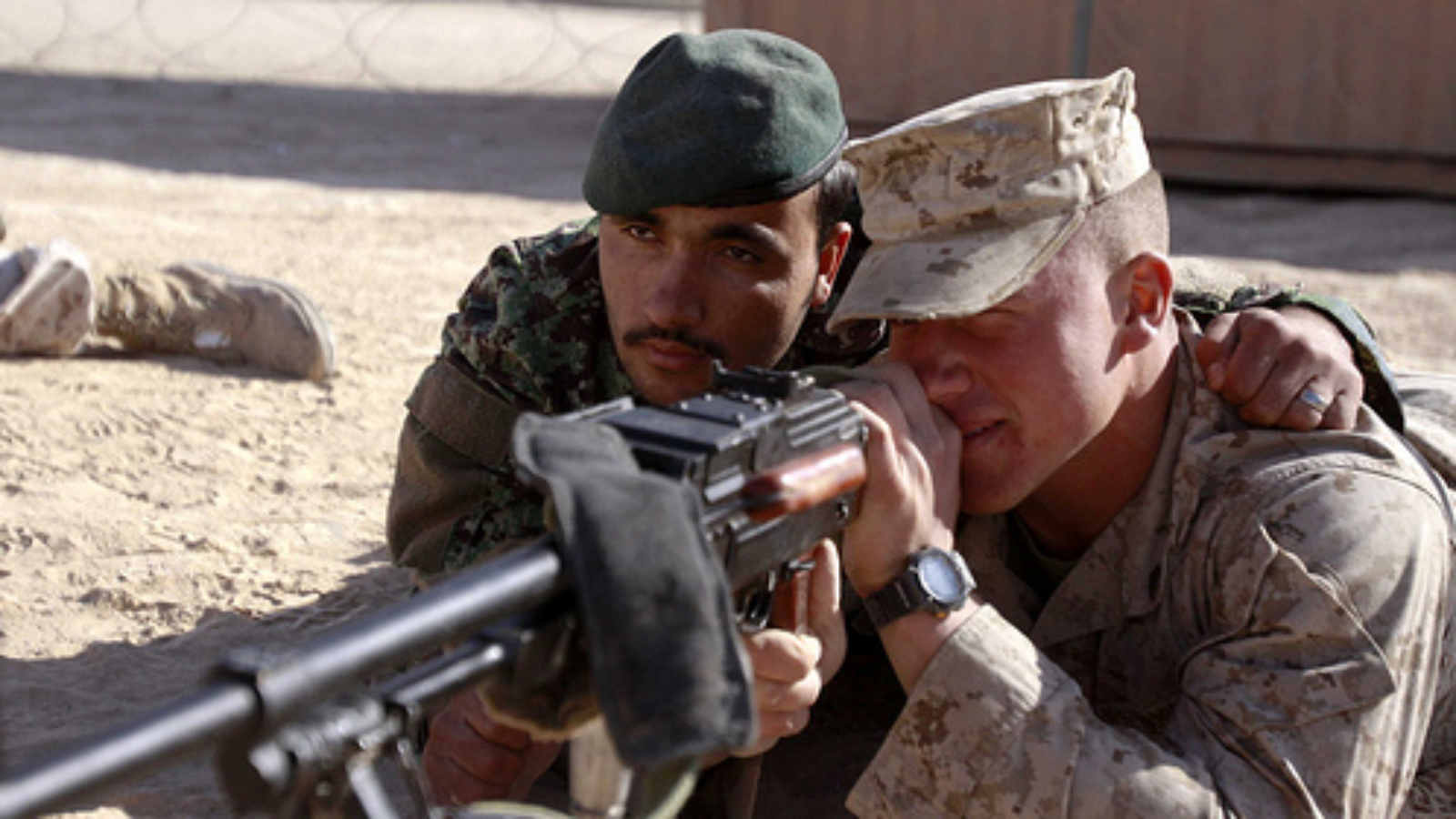By Matt Kane
Last month General David Petraeus, the commander of United States and International Security Assistance Forces in Afghanistan, confirmed talks between the Afghan leadership and the Taliban. Additionally, Petraues said that American and ISAF forces were actively involved in safe passage for Taliban leaders to Kabul in order to facilitate the talks.
Allied forces believed that the talks would bear fruit, considering one of the participants was Mullah Akhtar Muhammed Mansour, a very senior Taliban leader. These hopes, however, have been dashed with the revelation that the person negotiating with Afghan officials was not Mansour, but someone pretending to be the Taliban official.
This pseudo-Mansour received a lot for his cooperation in the talks—a Western diplomat in Kabul telling The New York Times, “It’s not him, and we gave him a lot of money.” Not only was Mansour paid well for this trouble, but he was flown on a NATO plane to meet personally with Afghan President Hamid Karzai in the presidential palace.
This is yet another embarrassment for Western leaders who have tried in vain to end the nine-year war in Afghanistan.
Just before the new year a Taliban double agent connected to the Haqqani network was invited into Camp Chapman, an American base near the Pakistan border used to recruit spies for attacks on key insurgent targets. The Taliban agent was not searched when he was brought onto the base and was wearing a suicide vest outfitted with explosives. Once on the base he walked over to a group of CIA operatives gathered for a meeting and detonated his vest, killing seven CIA officers, wounding six and knocking the entire base out of action. A report released 10 months later cited a “systemic breakdown” for the incident.
United States military officials are quick to point out successes in Afghanistan, saying that the momentum has changed and that the withdrawal of Western troops, originally slated for mid-2011 but pushed back three years to 2014, is a reality and not simply a pipe dream. American intelligence officials, however, feel differently about this.
In October American intelligence officials suggested that the Taliban was surprisingly resilient in replacing mid-level leaders following U.S. operations taking them out. In addition to this, the Taliban has taken to a disturbing trend: they are willing to cede territory to Western forces, leaving a select few operatives to intimidate villagers or carry out assassinations while waiting for an opportunity to return. This strategy is possible because of the safe havens that the Taliban and Haqqani network enjoy in neighboring Pakistan.
But if American army and intelligence officials are at odds with each other, Afghan officials seem to be at odds with reality. The New York Times reports that, “some Afghan leaders are still holding out hopes that the man really is or at least represents Mr. Mansour – and that he will come back soon”— suggesting a degree of desperation in Kabul, with Afghan leaders pinning their hopes for peace on a fictitious Taliban leader who appears to have conned them.
It seems that Americans are fighting a three-front war. There is the classical war against insurgent forces like the Taliban and Haqqani network, but also an internal war between military brass and intelligence officials who appear to be hold various strategic views. Add to this Karzai’s recent criticisms of Western actions in his country as well as the length of a war unpopular in both Afghanistan and the United States.
If, as Americans hope, Afghans are to assume responsibility for the security of their country and their people, they are going to have to do better. Public verbal attacks on Western forces and rolling out the red carpet for fictitious Taliban leaders distracts from the real enemy—the trifecta of the Taliban, Haqqani network and al-Qaeda.
Matt Kane is an editorial assistant at World Policy Journal.
Photo from Flickr via United States Marine Corps Official Page.
